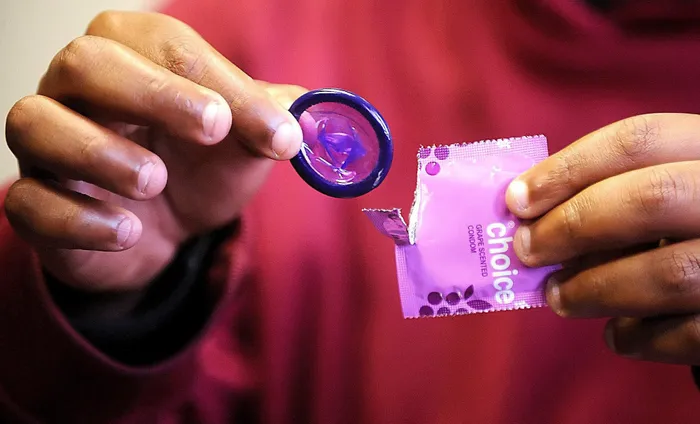Calls for more interventions to address safe sex among youth

Young people are at higher risk of HIV transmission as many have multiple partners and do not use condoms.
Young people are at higher risk of HIV transmission as many have multiple partners and do not use condoms.
Of these young people, women were at higher risk of infection compared with their male counterparts in the same age group.
This is according to the preliminary results of the Sixth South African National HIV Prevalence, Incidence, Behaviour and Communication Survey (SABSSM VI) released on Monday.
It found that people living with HIV in South Africa decreased to 7.8 million people in 2022 compared with 7.9 million in 2017.
HIV prevalence varied geographically, ranging from 8% in the Western Cape to KwaZulu-Natal being the leading province with 22%.
The study led by the Human Sciences Research Council (HSRC) is a population-based cross-sectional survey of households. Researchers interviewed more than 71 600 adults and children between January 2022 and April 2023.
About 53 373 women and men who participated agreed to be tested for HIV.
“Condom use is very low, especially among the young people. That is a concern, because it creates a pool of people that have a propensity to continue transmitting the virus. We have a lot more work to do, especially among people who have multiple partners,” HSRC’s Professor Khangelani Zuma said.
This as condom use during sexual encounters with people who said they had multiple partners was just 43.5% among women between 15 and 25 years old, and 50.6% among men of the same age.
The data further showed that the figure was even lower among people between 25 and 49 years old, at 40.9% for women and 44% for men.
HIV prevalence was nearly twice as high among women at 20% compared with men at 12%.
“The most pronounced differences in HIV prevalence by sex were seen among younger populations, which calls for focused interventions.
“Compared to males of the same age groups, HIV prevalence was approximately twofold in females aged 15-19 years (5.6% vs 3% respectively), and 20-24 years (8% vs 4% respectively), and threefold higher in females aged 25-29 (20% vs 6% respectively),” said Zuma.
The impact of the HIV epidemic in South Africa was unequal across geographic regions and populations, particularly affecting black Africans, women, and young people.
US Centers for Disease Control and Prevention (CDC) South Africa director Dr John Blandford said the study showed that the country has achieved remarkable accomplishments in the national HIV response.
The study found that the country had made some progress in addressing the HIV epidemic in terms of the UNaids 95-95-95 targets.
Among people aged 15 years and older living with HIV in South Africa in 2022, 90% were aware of their status, 91% of those aware of their status were on antiretroviral therapy (ART), and 94% of those on ART were virally suppressed.
“CDC South Africa will continue our collaboration with the HSRC and the government of South Africa to respond to these challenges using the survey data to guide our collective efforts to end HIV in South Africa,” said Blandford.
South African National Aids Council (Sanac) CEO Thembisile Xulu welcomed the latest of the SABSSM survey.
“It remains one of the most critical data sources used by Sanac to inform the country’s five-year National Strategic Plan for HIV, TB and STIs.
“It provides a comprehensive breakdown of the status of the HIV epidemic, thus enabling us to design programmes and interventions that are not only targeted, but also nuanced and geo-specific.
“ We look forward to the launch of the full report in the new year.”
Dr Saira Carim of youth empowerment initiative #Keready said it was deeply troubling to see that many young people still forgo condoms, despite having multiple sexual partners.
“This risky behaviour, paired with lower viral suppression in younger adults, spotlights the youth as a key group at increased risk of HIV transmission. We are also concerned about the stark inequalities in HIV rates, with women, particularly young women, facing higher infection rates.
“Part of Keready’s service offering at the 46 mobile health clinics is HIV testing, counselling and support and linking to treatment. Keready continues to craft targeted outreach to engage and empower the youth to insist on consistent condom use and give them education on prevention measures and access to PEP and PrEP,” said Carim.
Cape Times
Related Topics: